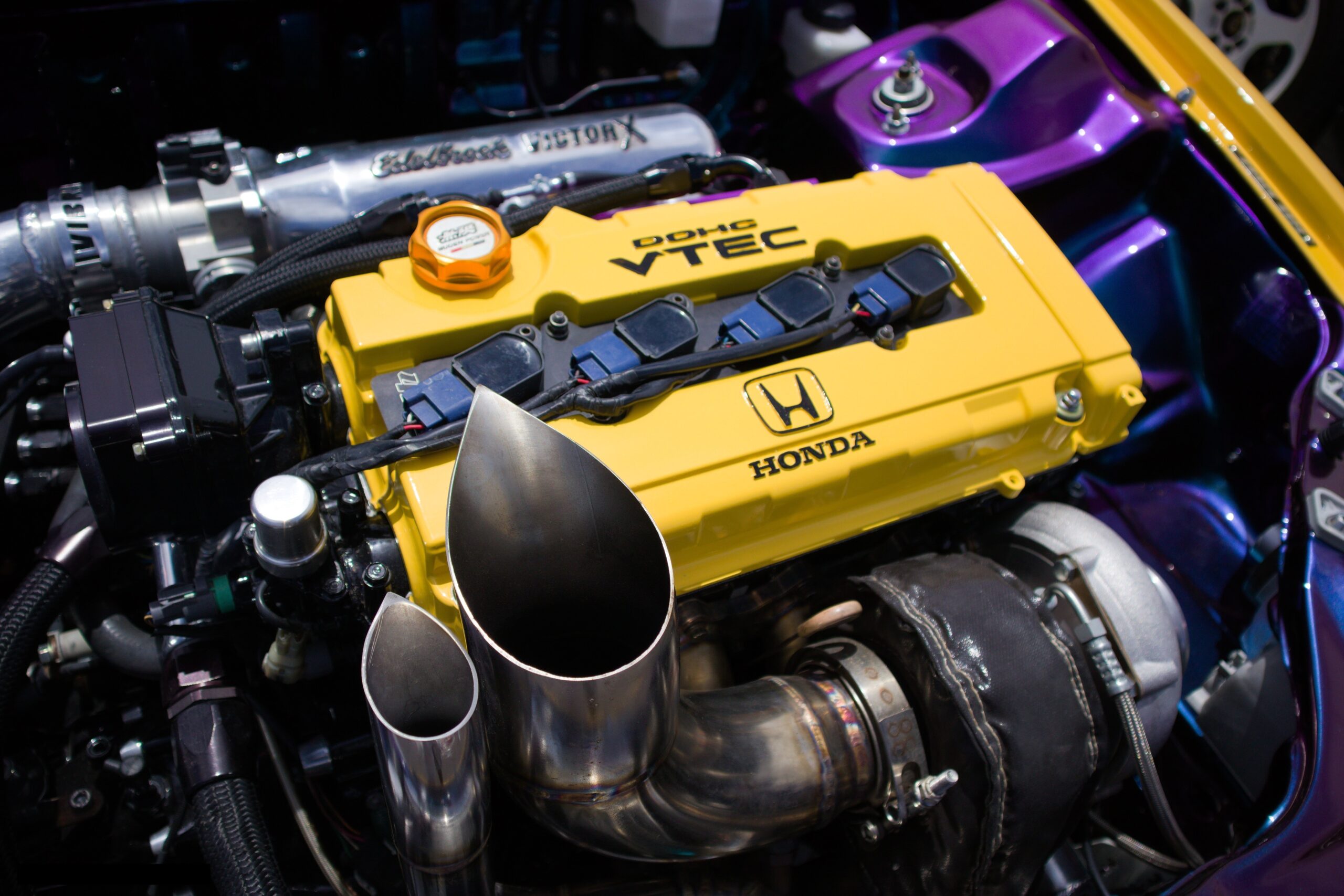Electric motor oil represents the lifeblood of an automobile, oiling crucial engine parts. This helps in reducing warmth buildup in the engine because of the reduction in rubbing in between components. Some cars have an oil cooler or various other engine modifications created to assist further reduce warmth.
Altering the electric motor oil in a vehicle according to the upkeep schedule substantially reduces the deterioration of the engine, as oil often tends to lose its viscosity (or thickness) over time, minimizing its overall effectiveness as a lube. Electric motor oil also aids tidy down payments as well as various other pollutants from engine parts.
How engine dimension influences the amount of oil used
Many engines need anywhere in between 5 to 8 quarts of oil, depending upon the engine size. The smaller the engine, the less fat is required to fill up the quantity of the machine.
A 4-cylinder engine generally calls for around 5 quarts of oil.
A 6-cylinder engine utilizes roughly 6 quarts.
An 8-cylinder engine utilizes anywhere in between 5 to 8 quarts, depending upon the dimension of the machine.
This amount varies depending on whether you have the mechanic modification out the oil filter when performing an oil change.
Some sources available to help car owners find the oil ability include the proprietor’s manual, usually noted under the Lubrication System in the Vehicle Specifications section. One more location to check consists of the producer’s website. Once on the Website, try to find an area of the website, especially for car proprietors, usually located at the rear of the page. Automobile owners can also search various other online sources, such as Fluid Capacity, which notes the oil and liquid capabilities of several multiple makes and versions of cars, trucks, and trucks.
I am choosing the ideal kind of motor oil.
When choosing an oil for your car, maintain a few things in mind. The first is the thickness degree of the oil– stood for by a number followed by W and afterward complied with by one more number. The first integer represents the flow of the oil at 0 degrees Fahrenheit, the W stands for winter, as well as the last two numbers after the W stand for the thickness degree of the oil when determined at 212 levels Fahrenheit. The reduced the number before the W. The less complicated the engine turns over in winter. Check out the car proprietor’s handbook to find the best range of thickness levels of oil to utilize.
Vehicle owners also need to select between using synthetic or standard motor oil in the car. Traditional oils function great when proprietors obtain their oil altered often. Synthetic oils have been available in helpful because these oils have unique ingredients made to aid get rid of down payments, enabling the oil to flow much better at reduced temperatures and stand up better. Viscosity was innovative at greater temperature levels. An additional option for car owners consists of utilizing a high-mileage oil for automobiles over 75,000 miles. High-mileage oils contain conditioners to aid increase the interior engine seals and increase the flexibility of such seals.
Signs and symptoms that an engine needs an oil change.
Make sure to watch out for the adhering to signs, which could show it’s time for an oil change:
When the oil light begins, it shows that the oil degree is too low. Either ask a mechanic to transform the oil or include sufficient oil to bring it approximately complete.
A reduced analysis on the oil stress gauge for lorries geared up with one typically shows a reduced oil level. Have a mechanic pack the oil to the correct degree or change the oil if required.
As the oil degree gets reduced, an engine begins to run approximately. This is particularly real of the lifters, which start sticking as deposits develop. Ask a mechanic to transform the oil, which ought to aid eliminate these deposits as well as minimize the problem.







